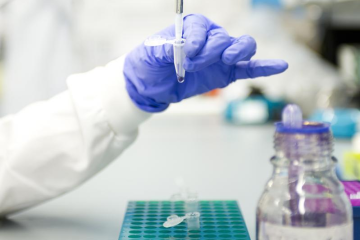PhD Studentship
Using induced pluripotent stem cells as a replacement for in vivo models to screen novel therapies which target self-renewal pathways in chronic myeloid leukaemia

At a glance
Completed
Award date
July 2012 - July 2016
Grant amount
£120,000
Principal investigator
Dr Helen Wheadon
Co-investigator(s)
Institute
University of Glasgow
R
- Replacement
Read the abstract
View the grant profile on GtR
